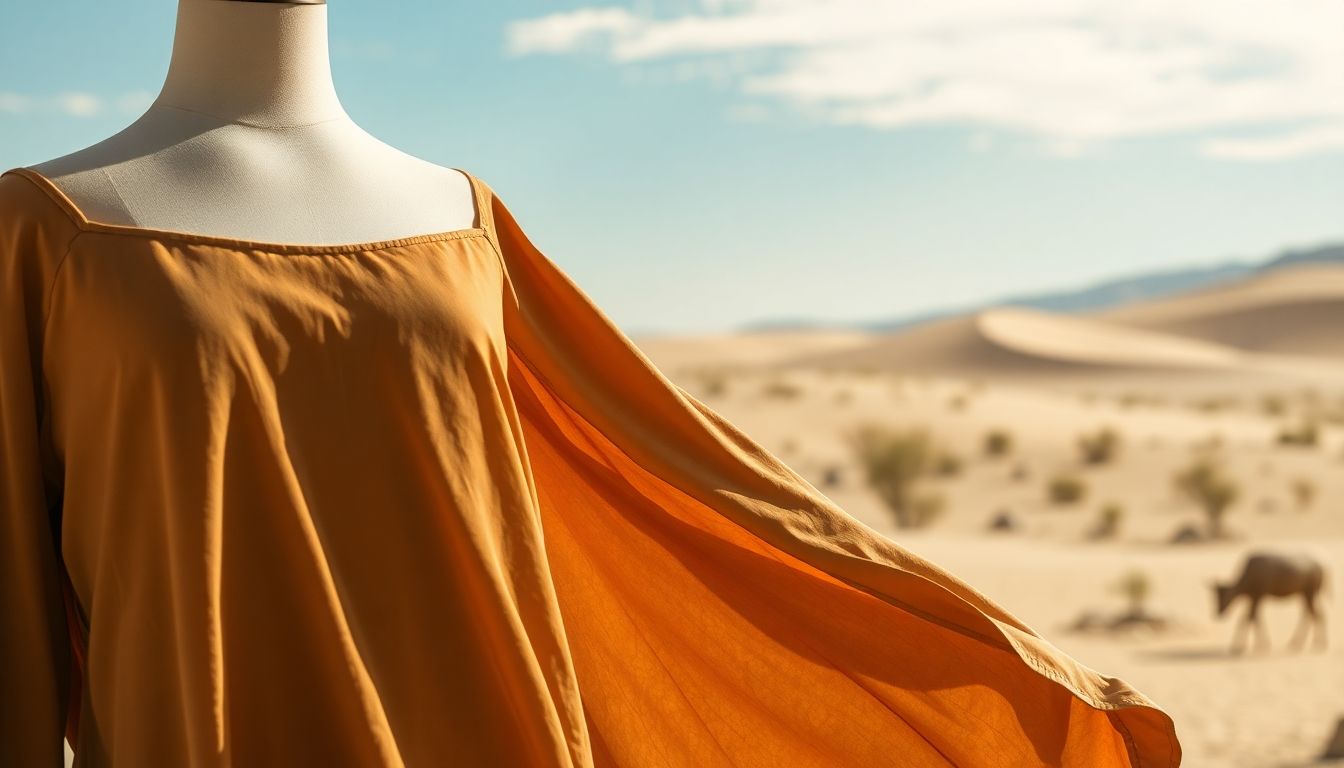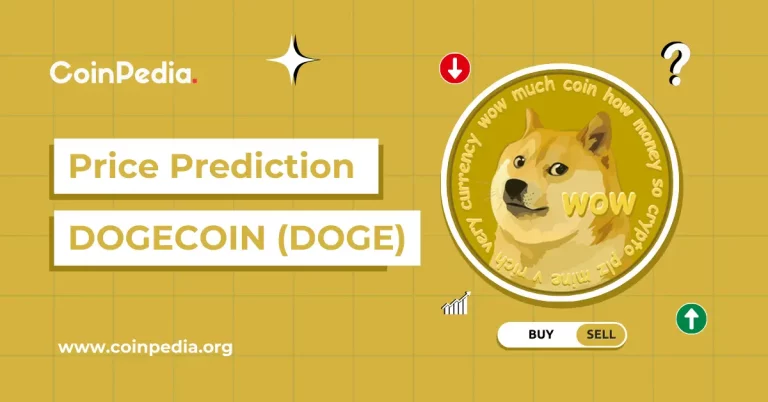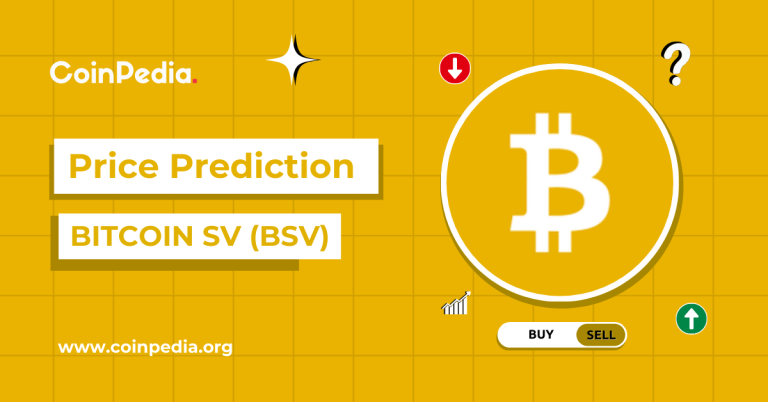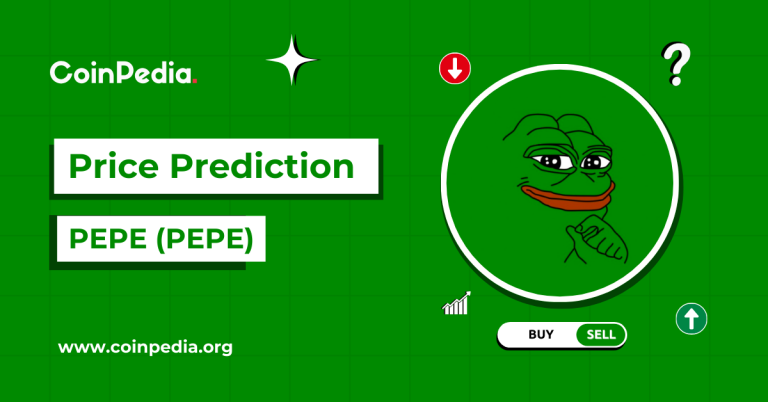
The UAE is becoming a big player in sustainable fashion. People there are really looking for clothes that are made in a good way. This guide will help you understand how to get into this growing market. We’ll look at everything from new business ideas to what customers want. Plus, we’ll cover how to deal with the rules for starting a fashion company in the UAE. It’s all about making smart choices for a greener wardrobe and a successful business in this exciting place.
Key Takeaways
- The UAE is a leader in sustainable fashion, with a big chunk of its clothing market revenue coming from slow fashion.
- You can build a stylish, eco-friendly wardrobe in the UAE by picking ethical clothes and reducing waste.
- New business models like direct-to-consumer sales and subscription boxes are working well for sustainable fashion in the UAE.
- Understanding what people in the UAE want and how online shopping affects things is important for fashion businesses.
- Setting up a fashion business in the UAE means picking the right company type and following local rules, especially in free zones.
The UAE’s Leading Role in Sustainable Fashion
The United Arab Emirates is quickly becoming a major player in the world of sustainable fashion. It’s interesting to see how a region known for luxury is also embracing eco-friendly practices. The UAE is showing a real commitment to changing how fashion is consumed and produced.
Market Revenue from Slow Fashion
It’s pretty impressive how much of the UAE’s fashion market is driven by slow fashion. A significant portion of revenue comes from sustainable choices, which says a lot about consumer values. This focus on eco-conscious retail is not just a trend; it’s becoming a core part of the market. The numbers speak for themselves:
- Percentage of apparel market revenue from slow fashion: 47.393%
- Total sustainable fashion revenue: $5 billion
Balancing Fast and Slow Fashion
What’s cool about the UAE is that it’s not completely ditching fast fashion. There’s still a demand for it, and the market caters to that. But, there’s a conscious effort to promote sustainable options alongside it. It’s like they’re trying to find a middle ground that works for everyone. This balance is key to understanding the UAE fashion market.
Commitment to Eco-Conscious Retail
The UAE’s dedication to eco-conscious retail is evident in several ways:
- Government initiatives promoting sustainable practices.
- Increased awareness among consumers about the impact of their fashion choices.
- Support for brands that prioritize ethical production and materials.
The UAE’s approach to sustainable fashion is not just about following trends; it’s about creating a lasting change in the industry. By supporting eco-friendly practices and raising consumer awareness, the UAE is setting a new standard for responsible fashion consumption.
Building a Stylish Eco-Friendly Wardrobe in the UAE
It’s totally doable to build a wardrobe that looks good and is also kind to the planet, even here in the UAE. It might seem tricky at first, but with a few smart choices, you can rock a sustainable style without sacrificing your personal taste. Let’s get into it.
Embracing Ethical and Sustainable Clothing
The first step is to actually look for clothes made with the environment in mind. This means checking labels and doing a little research. Look for brands that use organic cotton, recycled materials, or innovative fabrics like Tencel. These materials have a lower impact on the environment compared to traditional options. Also, consider the ethics of the brand. Are they treating their workers fairly? Transparency is key.
- Look for certifications like GOTS (Global Organic Textile Standard) or Fair Trade.
- Check out brands that are upfront about their supply chain.
- Consider buying from local designers who prioritize sustainability.
Minimizing Waste in Fashion Choices
Fast fashion is a huge contributor to waste. Instead of buying a ton of cheap clothes that you’ll only wear a few times, focus on quality over quantity. Invest in timeless pieces that you can mix and match. Also, think about extending the life of your clothes.
- Repair clothes instead of throwing them away.
- Upcycle old items into something new.
- Donate or sell clothes you no longer wear.
Reducing waste is a big deal. It’s not just about buying less; it’s about being more mindful of what happens to your clothes after you’re done with them. Small changes can make a big difference.
Supporting Transparent Supply Chains
It’s important to know where your clothes come from and how they’re made. Brands with transparent supply chains are open about their manufacturing processes, worker conditions, and environmental impact. This allows you to make informed choices and support companies that are doing things the right way. Consider sustainable kids’ clothing options for your children.
- Look for brands that publish information about their factories and suppliers.
- Support companies that prioritize fair wages and safe working conditions.
- Ask questions! If a brand isn’t transparent, that’s a red flag.
Here’s a quick look at how different fabrics stack up in terms of sustainability:
| Fabric | Sustainability Score (1-5, 5 being best) | Notes |
|---|---|---|
| Organic Cotton | 4 | Uses less water and pesticides than conventional cotton. |
| Recycled Polyester | 3 | Reduces reliance on virgin materials. |
| Tencel | 5 | Made from sustainably sourced wood pulp, uses a closed-loop process. |
| Conventional Cotton | 2 | High water and pesticide use. |
| Acrylic | 1 | Made from petroleum, not biodegradable. |
Key Business Models for Sustainable Fashion in the UAE
Direct-to-Consumer Strategies
The direct-to-consumer (DTC) model is gaining serious traction here. Basically, brands cut out the middleman and sell directly to you. This means better control over branding and pricing. For smaller, niche brands in the UAE, it’s a great way to build relationships with customers who really value that personal touch. Plus, with everyone online, it’s easier than ever to reach your target audience. It’s especially effective in the UAE, where people love exclusive stuff and are super connected digitally. This approach allows businesses to manage customer experience more effectively.
Eco-Friendly and Moral Clothing Brands
More and more people care about where their clothes come from and how they’re made. Ethical and sustainable fashion is all about making clothes in a way that’s good for the planet and fair to workers. This means using materials that don’t trash the environment, cutting down on waste, and making sure everyone involved is treated right. In the UAE, this is becoming a big deal, with shoppers actively looking for brands that are doing things the right way. Companies that prioritize sustainability can build a loyal following.
Here are some things these brands often focus on:
- Using organic or recycled materials
- Reducing water consumption in production
- Ensuring fair wages and safe working conditions
It’s not just about being trendy; it’s about making a real difference. Consumers are getting smarter and want to support businesses that align with their values.
Subscription Box Services for Fashion
Fashion subscription boxes are another interesting model popping up. Basically, customers get a curated selection of clothes delivered regularly, like monthly or quarterly. It’s perfect for people who want a stylist’s touch without the hassle of shopping. For businesses, it means recurring revenue and a steady customer base. In a fast-paced place like the UAE, where people are always looking for the next big thing and convenience is key, these services are a great fit. These services offer tailored fashion advice and the ease of trying on new looks at home.
Navigating the UAE Fashion Market Dynamics
Understanding Consumer Preferences
UAE consumers are a diverse bunch, influenced by international trends, local traditions, and a love for luxury. Staying on top of these shifting preferences is super important for any fashion business wanting to make it here. They’re not just looking for clothes; they’re after personalized experiences and items that reflect their cultural identity. For example, there’s a growing trend of blending traditional Indian wear with Western styles, creating Indo-fusion looks that are really popular. This hybrid fashion caters to a new generation that wants both cultural relevance and modern style.
Impact of E-commerce on Fashion Retail
The UAE has seen a huge jump in online shopping, driven by a tech-savvy population and high smartphone use. People aren’t just hitting the malls anymore; they’re curating entire outfits from their couches. This shift means e-commerce is a game-changer for fashion retail. A significant portion of UAE shoppers (44%) are increasingly using online platforms for wider product selections, even after in-store browsing, indicating a notable shift in consumer behavior. To succeed, businesses need a strong online presence and a smooth digital experience. This includes:
- Easy-to-use websites and apps
- Fast and reliable delivery
- Personalized recommendations
E-commerce isn’t just about selling online; it’s about creating a seamless shopping experience that blends the digital and physical worlds. Think click-and-collect options, virtual try-ons, and personalized styling advice.
Opportunities for Fashion Entrepreneurs
Dubai, known for its luxury and as a global fashion hub, presents big chances for new fashion entrepreneurs. The market is energetic, with a strong consumer culture. But it’s also competitive. To stand out, entrepreneurs need to:
- Find a niche: Focus on a specific style, like sustainable fashion or modest wear.
- Build a strong brand: Create a unique identity that resonates with consumers.
- Use digital marketing: Reach your target audience through social media, influencers, and online ads.
Starting a clothing business in UAE offers unique opportunities due to the growing retail market, diverse population, and central location. The UAE is one of the most profitable fashion and retail markets in the Middle East, with a strong economy and high standard of living.
Legal Framework and Licensing for Fashion Businesses
Starting a fashion business in the UAE involves understanding the legal landscape. It’s not as scary as it sounds, but getting it right from the start can save you a lot of headaches later. Let’s break down the key things you need to know.
Choosing the Right Business Structure
Deciding on your business structure is the first big step. You’ve got a few options, each with its own pros and cons. Are you going solo as a sole proprietorship? Or teaming up with partners in a limited liability company (LLC)? Maybe you’re thinking about a free zone setup? Each choice impacts your liability, taxes, and how you operate. It’s worth doing your homework or chatting with a consultant to figure out what fits best. For example, an LLC might offer more protection, but it also comes with more paperwork. Understanding the legal framework is important.
Operating Within Free Zones
Free zones are popular for a reason. They offer some sweet perks, like 100% foreign ownership and tax exemptions. But there are catches. You’re usually limited to doing business within the free zone or internationally. If you want to sell directly to the UAE market, you might need a mainland license. It’s a trade-off. Here’s a quick comparison:
| Feature | Free Zone | Mainland |
|---|---|---|
| Ownership | 100% Foreign | Requires Local Partner |
| Tax | Exemptions | Subject to UAE Taxes |
| Market Access | Limited to Free Zone/International | Direct Access to UAE Market |
| Setup Complexity | Generally Simpler | Can be More Complex |
Essential Steps for Company Formation
Okay, you’ve picked your structure and location. Now comes the fun part: paperwork! Here’s a simplified checklist:
- Register your trade name: Make sure it’s unique and available.
- Get initial approval: From the relevant authorities.
- Prepare your Memorandum of Association (MOA): This outlines your company’s purpose and structure.
- Obtain your license: This is your golden ticket to operate legally.
- Register with the Chamber of Commerce: This is often required.
Don’t underestimate the importance of getting professional help. A local lawyer or business consultant can guide you through the process, ensuring you don’t miss any crucial steps. They can also help you navigate the cultural nuances of doing business in the UAE.
Getting your company formation right is key.
The Growing Retail Market and High Standard of Living
The UAE presents a really interesting opportunity for clothing businesses. The retail market is growing, and it’s super diverse, with people from all over the world and different cultures. Plus, it’s in a great spot geographically. The strong economy and high standard of living mean people have money to spend on fashion, which is why so many entrepreneurs want to get in on the action.
Diverse Population and Culture
The UAE is a melting pot, and that’s reflected in its fashion scene. You’ve got everything from traditional styles to the latest global trends. This means businesses can cater to a wide range of tastes and preferences. Retailers are adapting by focusing on versatile pieces that blend cultural richness with modern styling, perfect for everything from casual brunches to elegant celebrations.
Central Location Advantages
Being in the middle of everything has its perks. The UAE is a hub for trade and tourism, making it easy to reach customers in the Middle East, Africa, and Asia. This central location makes it easier to manage supply chains and distribute products.
Profitability in the Middle East Fashion Market
The UAE is one of the most profitable fashion and retail markets in the Middle East. People here are willing to spend money on clothes and accessories, especially during special times like Ramadan and Eid. E-commerce is booming during these seasons, with people looking for exclusive styles and convenience. Retailers who create special collections for these occasions, complete with styling tips and fabric guides, are really tapping into a lucrative market.
The UAE’s fashion market is dynamic and ever-changing. To succeed, businesses need to stay on top of the latest trends, understand what customers want, and be ready to adapt to new challenges and opportunities. It’s a competitive market, but the rewards can be significant for those who get it right.
Future Trends in UAE Sustainable Fashion
Innovation in Sustainable Materials
Okay, so everyone’s talking about new materials, right? It’s not just about using recycled stuff anymore (though that’s still important!). We’re seeing some seriously cool innovations. Think fabrics made from orange peel, pineapple leaves, even lab-grown materials. These aren’t just eco-friendly; they can actually perform better than traditional textiles. The UAE is in a prime position to adopt these, especially with its focus on tech and innovation. I think we’ll see more local designers experimenting with these materials, and that’s super exciting.
Circular Economy Initiatives
The circular economy is going to be huge. It’s all about keeping resources in use for as long as possible. In fashion, that means:
- Resale Platforms: More people are buying and selling used clothes. It’s a great way to extend the life of garments and reduce waste. I’ve been using resale platforms myself lately and found some amazing deals.
- Rental Services: Renting clothes for special occasions is becoming more popular. It’s a smart way to access high-end fashion without buying something you’ll only wear once.
- Recycling Programs: Brands are starting to take back old clothes and recycle them into new products. This closes the loop and reduces the need for virgin materials.
The UAE has the potential to become a leader in circular fashion. With government support and consumer awareness, we can create a system where clothes are valued and reused, not just discarded.
Consumer Demand for Ethical Practices
Consumers are getting smarter. They want to know where their clothes come from and how they’re made. They’re asking questions about labor practices, environmental impact, and animal welfare. This demand for ethical practices is driving brands to be more transparent and accountable. I think this trend will only continue to grow, and brands that don’t prioritize ethics will get left behind.
Here’s a quick look at what consumers are prioritizing:
| Factor | Importance | Example |
|---|---|---|
| Fair Labor | High | Brands paying living wages to workers |
| Eco-Friendly Materials | High | Using organic cotton or recycled fabrics |
| Transparency | Medium | Providing information about the supply chain |
Wrapping Things Up
So, we’ve talked a lot about sustainable fashion in the UAE. It’s pretty clear that this place is doing some cool stuff, leading the way in many areas. It’s not just about looking good; it’s about making choices that are better for everyone. As shoppers, we have a real say in what happens next. Every time we pick something that’s made with care, we’re helping push things in the right direction. It’s a journey, for sure, but the UAE is showing that a more thoughtful fashion world is totally possible. Let’s keep it going.
Frequently Asked Questions
How is the UAE doing in sustainable fashion?
The UAE is becoming a big player in sustainable fashion. A study showed that almost half of its clothing money comes from ‘slow fashion,’ which means clothes made in a more eco-friendly way. This is a huge amount, about $5 billion, showing the UAE really cares about green shopping.
Does the UAE still sell a lot of fast fashion?
Even though the UAE is big on sustainable fashion, it still sells a lot of ‘fast fashion,’ which is cheap, trendy clothes. About 22% of its clothing market is fast fashion. This means the UAE tries to offer both kinds of clothes to its shoppers, keeping sustainability in mind.
How can I create a sustainable wardrobe in the UAE?
To build a green wardrobe, you should pick clothes made in a fair and eco-friendly way. Try to buy less and choose items that last. Also, look for brands that are open about where their materials come from and how their clothes are made.
What are some popular business models for sustainable fashion in the UAE?
Many fashion businesses in the UAE are selling directly to customers, cutting out the middleman. There’s also a big focus on brands that make clothes in an eco-friendly and ethical way. Some companies even offer subscription boxes, sending curated outfits right to your door.
What do I need to do to legally start a fashion business in the UAE?
Starting a fashion business in the UAE means picking the right business type, like a company with limited liability or one in a special ‘free zone.’ You’ll also need to follow all the steps to set up your company legally.
Why is the UAE fashion market growing so much?
The UAE fashion market is growing fast because many different kinds of people live there, and it’s in a great spot for trade. People in the UAE also have a good amount of money to spend. This makes it a good place for fashion businesses to make a profit.






